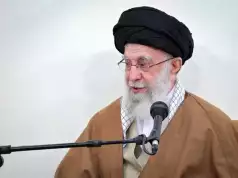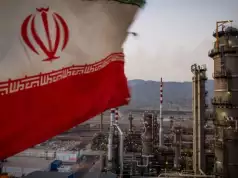In a presidential election marked by a lone reformist’s bid to break through against a divided conservative field, Iranians cast their votes on Friday
Around 61 million Iranians are eligible to vote in the election called after the death of ultraconservative president Ebrahim Raisi in a helicopter crash last month.
The snap election comes against a backdrop of heightened regional tensions over the Gaza war and discontent over the state of Iran’s sanctions-hit economy.
The leading contenders approved by the Guardian Council, which vets candidates, are conservative parliament speaker Mohammad Bagher Ghalibaf, ultraconservative former nuclear negotiator Saeed Jalili, and the sole reformist, Masoud Pezeshkian.
The only other candidate is cleric Mostafa Pourmohammadi after two ultraconservatives — Tehran mayor Alireza Zakani and Raisi’s former vice president Amir-Hossein Ghazizadeh-Hashemi — dropped out on the eve of the election.
Voting was underway at 58,640 polling stations across the country, mostly in schools and mosques.
“Election day is a day of joy and happiness for us Iranians,” supreme leader Ayatollah Ali Khamenei, who holds ultimate political power in the Islamic republic, said as he voted shortly after the polls opened.
“We encourage our dear people to take the issue of voting seriously and participate.”
At the last poll in 2021, turnout was just under 49 percent as voters opted to stay away after the Guardian Council disqualified many reformists and moderates.
– Khamenei demands ‘most qualified candidate’ –
Ahead of this election, some voters expressed concerns about the mounting effects of soaring inflation and the decline of the rial against the dollar.
But those who trickled in to polling stations on Friday said they were showing their support for the system.










